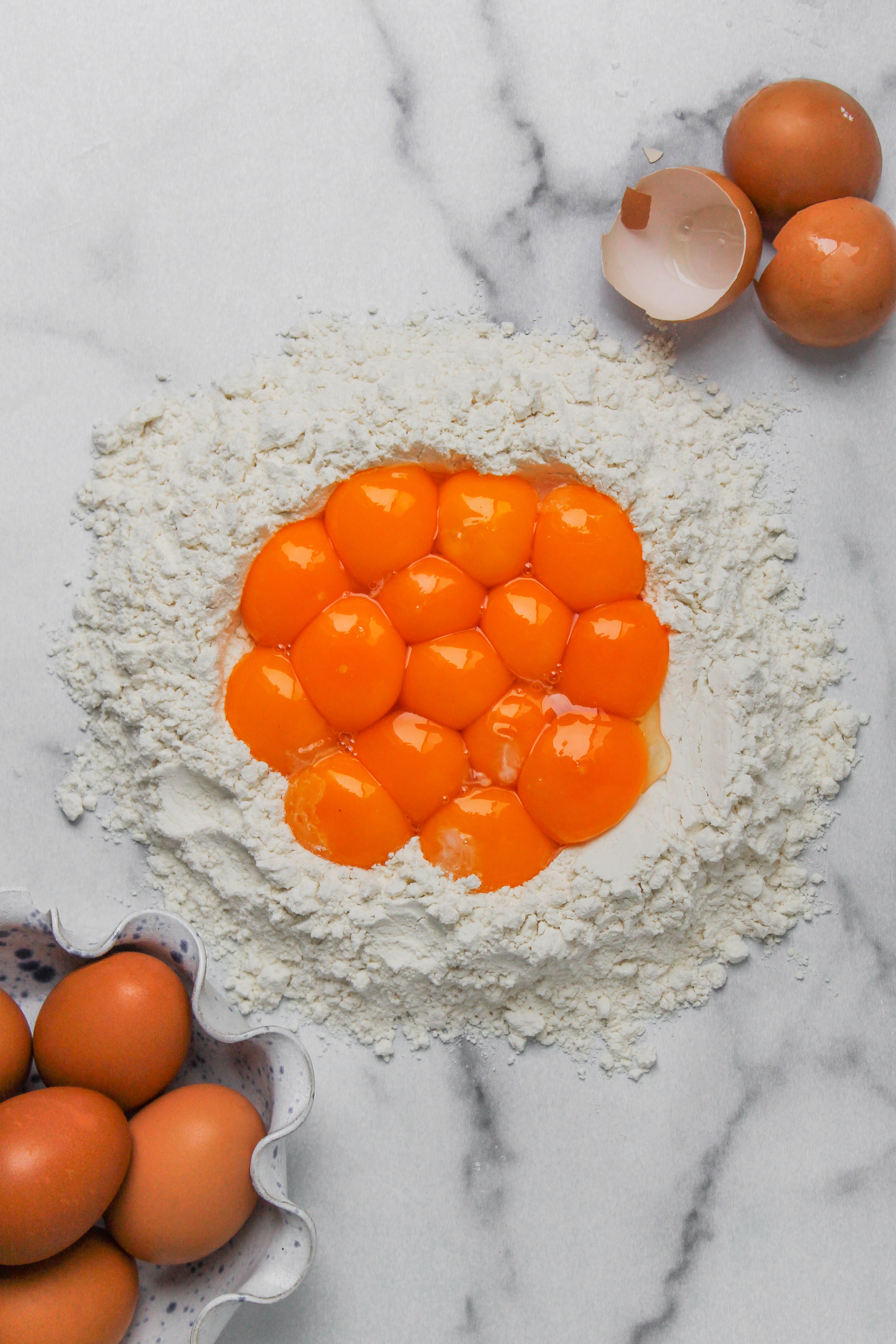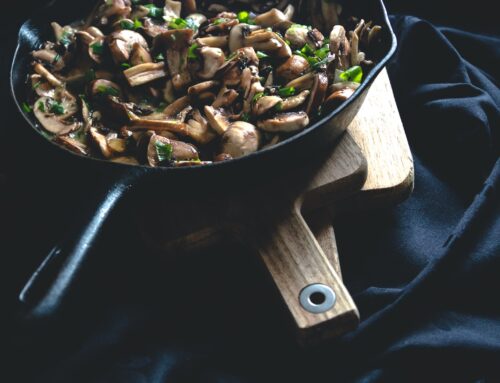https://autismwish.org/l7klpd6 Gone are the days when people allergic or sensitive to gluten had to eradicate baked goods and flour based food from their daily diet. With more gluten-free flours being available in the market, there are now a lot of possibilities and options when it comes to choosing an alternative.
go to link Of course, most of you might have heard of flours made of rice, almond, oat or potato, but in a May 2018 article in Today’s Dietitian, Jessica Levinson noted less popular gluten-free flour substitutes that not so many people may know about yet.
https://ict-pulse.com/2024/07/kqfxj00o I’m going to give you a quick overview of these options which are all gluten-free, grain-free, nut-free, and legume-free.
Order Cheap Tramadol Online Cod 1. Banana Flour
https://geneticsandfertility.com/9v5adl92j Made from unripe green bananas, banana flour has a higher starch content with a light and fluffy texture. It is a great replacement for recipes calling any type of flour as it can closely resemble traditional grain-based choices.
get link Nutrition Notes:
• Quarter cup – 110 kcal, 26 g carbohydrates, 2 g fiber
• Great source of resistant starch that can help digestive health, protect against forms of cancer and insulin sensitivity.
see url Pro Tips:
• Use 30% less banana flour than the suggested flour in the recipe.
• It also works well on its own so no need to blend it with other flours.
• Best for non-bake recipes to get full benefits of resistant starch
go to site 2. Sweet Potato Flour
If you are watching your sugar intake then you may want to look at the alternative of sweet potato flour. It has a naturally sweet flavor that makes it a great choice in cooking desserts. This means you have the option of lessening the sugar in your recipe. You can also use it as a thickening agent for sauces, for breading, coating and preparing breads and pastas.
source site Nutrition Notes:
• Quarter cup – 110 kcal, 24 g carbohydrates, 6 g fiber
• Rich in fiber and Vitamins A & C
https://brako.com/en/nkysfvpdp Pro Tips:
• Use only 25% of potato flour as part of a flour blend
• Since it is less absorbent, reduce liquid amount to 15-25%
• When used with baking soda, and product may turn various shades of green
here 3. Pumpkin Flour
This Halloween mainstay also has its own flour variety. Made from dried pumpkin flesh, it has an earthy and sweet flavor that makes it perfect for baked goods during the autumn season. It is also great for quick breads, brownies, cookies and pancakes.
source Nutrition Notes:
• Quarter cup – 100 kcal, 20 g carbohydrates, 4 g fiber
• Rich in fiber and Vitamins A & C
enter Pro Tips:
• Not used as a sole replacement for traditional flours
• Use 25% of pumpkin flour as part of a flour blend like rice and nut flours
https://etbscreenwriting.com/o47mpvh2kko 4. Wine Flour
Who says you can’t eat your wine? Well, now you can buy the flour variety and enjoy its rich flavors in your food. This is a great sustainable product as it is made from the skins of the grapes plus you get the color, flavor, and aroma of a glass of wine minus the alcohol of course!
Tramadol Orders Nutrition Notes:
• Quarter cup – 140 kcal, 24 g carbohydrates, 12 g fiber
• Rich in antioxidants, fiber, potassium, magnesium, protein, calcium and iron.
https://www.techonicsltd.com/uncategorized/fgo4pkv26 Pro Tips:
• Use it as a supplement NOT as a replacement for traditional flours
• Can add flavor and depth when used as part of gluten-free flour blend by adding of 2 tbsp. of wine flour per 1 cup of flour blend
• Can be use alone as a thickening agent
5. Coconut Flour
If you’re craving some home-made comfort foods that require coating your meat with flour, then consider using this gluten-free alternate. It can be a great replacement as breading instead of wheat flour or cornmeal. Coconut flour has an essentially sweet and nutty flavor, but its high fiber content can make it tricky to use for baking. It is then recommended to search for recipes that specifically ask for coconut flour for better results.
Nutrition Notes:
• Quarter cup – 120 kcal, 18 g carbohydrates, 10 g fiber
• High in fiber and low in carbs
Pro Tips:
• Use one-fourth to one-third cup of coconut flour in place of regular flour.
• It is highly absorbent so it helps retain moisture, however, this also means adding more liquid in your recipe.





Leave A Comment